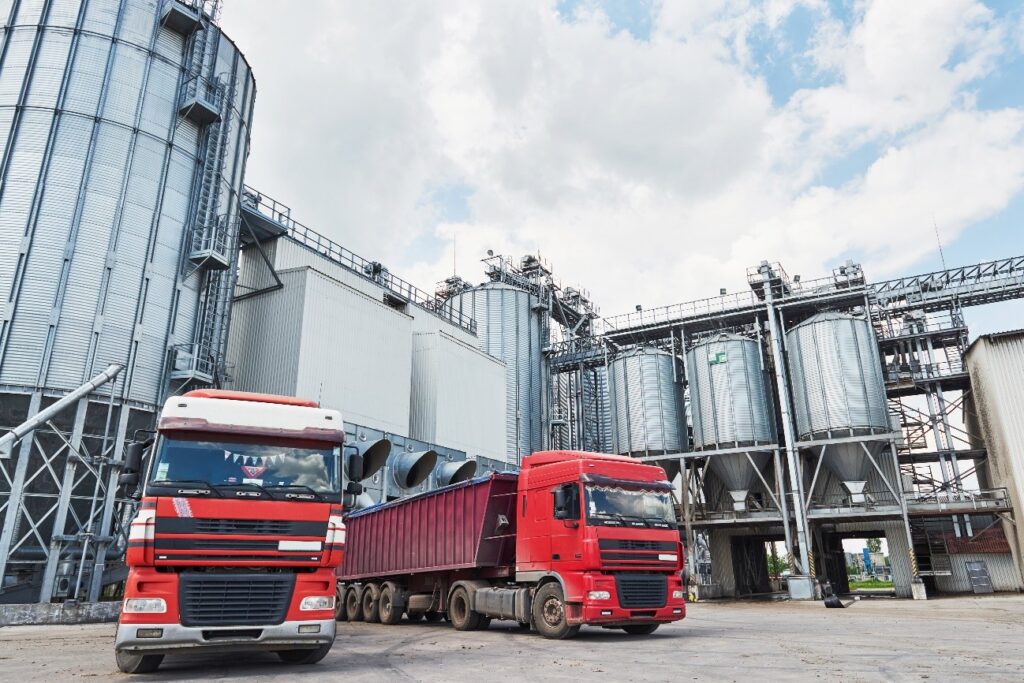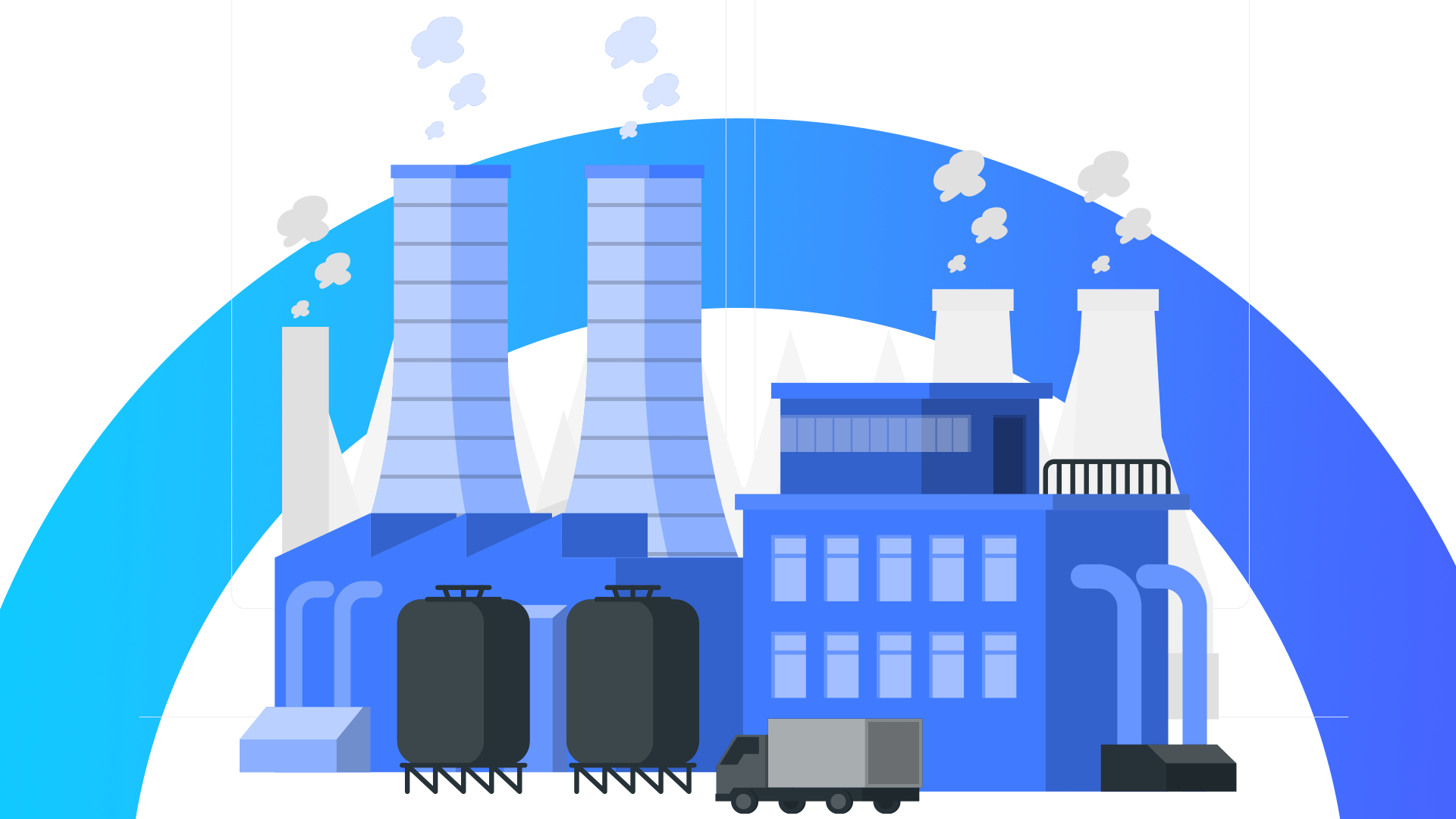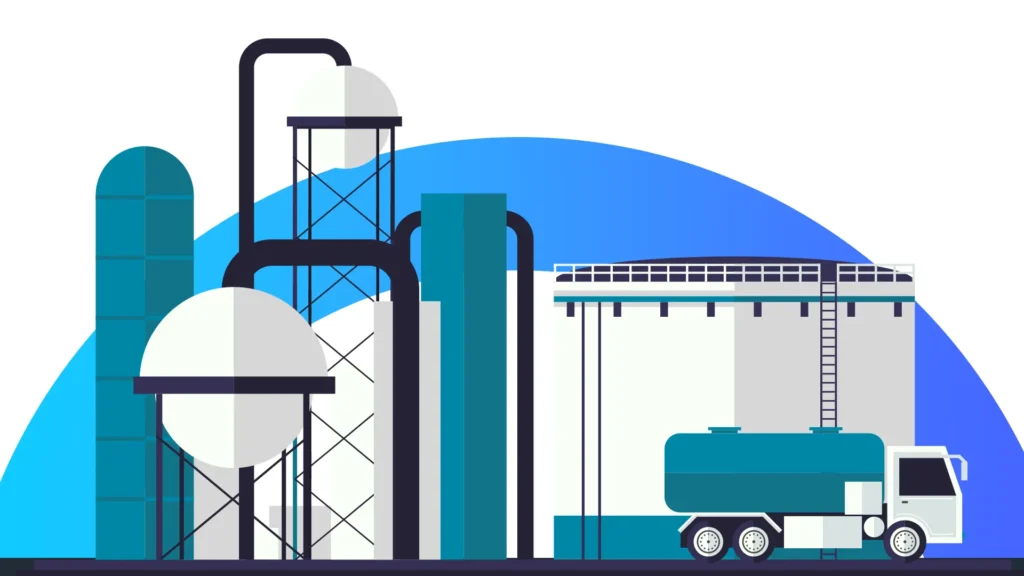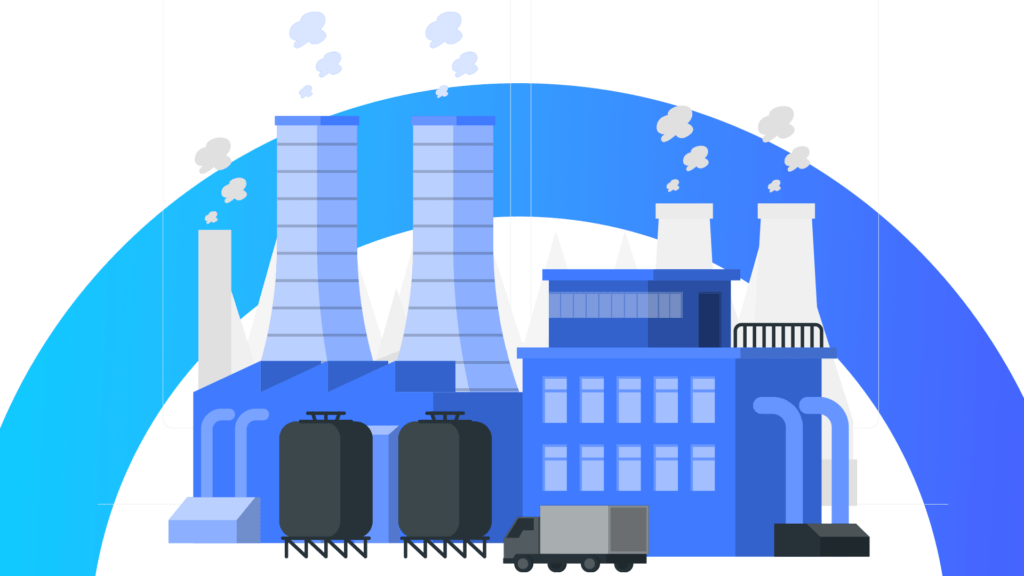Fuel management isn’t just about saving money, it’s about taking control. Learn how smart systems cut waste, boost performance, and keep your fleet running lean, no matter its size.
Introduction
Fuel costs aren’t just a line item. They can define your profit margins, operational efficiency, and sustainability goals. That’s where fuel management steps in, not as a buzzword, but as a vital practice.
So, what is fuel management really about?
It’s the art and science of tracking, controlling, and optimizing fuel use across operations. For fleet-heavy industries, it’s more than logging fuel purchases. It’s a strategy that brings together data, driver behavior, and maintenance to stretch every gallon.
Let’s dive deeper, but without boring you with textbook definitions.
Fuel economy: The first link in the chain

Fuel economy measures how far your vehicle can travel on a unit of fuel. Sounds simple, right? But it’s where most companies lose money. Small habits like hard braking, over-speeding, or neglecting oil checks add up. One inefficient driver can tank your fuel budget. Multiply that by a fleet of 50 or 100 vehicles? You’ve got a financial leak.
Fuel economy isn’t always about buying more efficient vehicles. Often, it’s about using the ones you already have better.
Why fuel management should be on your radar
Fuel is usually one of the biggest costs in any fleet-based business. So, trimming that cost can make a huge difference. But fuel management isn’t just about saving a few bucks at the pump. Here’s what it actually helps with:
- Cuts down wasted fuel: Real-time monitoring helps detect overuse, idling, or theft.
- Increases asset life: Efficient fuel use means less wear and tear on engines.
- Supports greener goals: Less fuel burned means fewer emissions.
- Improves forecasting: With consistent data, fuel costs stop being unpredictable.
You can’t manage what you don’t measure. And with fuel? You really need to measure.
The usual fuel headaches (and how to fix them)
If you’re managing a fleet, chances are you’ve dealt with at least one of these fuel-related headaches. Most of them creep in slowly until you check the numbers and realize something’s off. The good news? Each problem has a pretty straightforward fix when you’ve got a proper fuel management system in place.
Fuel theft
It sounds old-school, but fuel theft still happens—at pumps, during transit, even at depots. It’s not always malicious either. Sometimes it’s unauthorized fuel-ups or using company fuel for personal errands. A good system logs every transaction and flags anything unusual. Real-time fuel-level monitoring can show if a tank drains faster than expected.
Paper logs and manual tracking
Handwritten fuel logs are unreliable. Drivers forget to log, make mistakes, or round off numbers. It leads to gaps, confusion, and bad data. You need automation here. Digital logs connected to fuel cards or onboard sensors ensure everything gets recorded instantly, and correctly.
Wasteful driving habits
Drivers often idle more than they need to, take longer routes, or brake hard. All of this burns more fuel than necessary. With telematics, you can spot these habits and coach drivers. It’s not about calling them out—it’s about helping them drive smarter and save fuel in the process.
Inconsistent fueling practices
Some drivers fill up daily, some top off the tank, others let it run near empty. That messes with your data and your maintenance schedule. Standardizing when and where vehicles refuel helps track patterns, reduce cost, and avoid unnecessary stops.
Vehicle health
If a vehicle has clogged filters, low tire pressure, or a failing sensor, it will burn more fuel. Many managers miss this link. But fuel data and diagnostics combined can flag these issues early. You’ll fix minor problems before they become costly repairs.
Fuel quality
Not all fuel is created equal. Poor quality or contaminated fuel can reduce mileage and damage engines. Some systems even allow you to monitor fuel quality or ensure fueling only happens at approved locations to avoid risky fill-ups.
How fuel management systems help
Modern fuel management isn’t just software. It’s a toolbox full of features that make your operations leaner and smarter. That’s where
Real-time tracking
See where, when, and how your vehicles use fuel. Spot patterns, and act fast when something seems off.
Fuel cards
These link driver payments directly to your system. No more guessing who fueled up where and when.
Telematics integration
GPS and onboard diagnostics give you a full picture. From route efficiency to engine performance, everything counts.
Automated reports
Forget spreadsheets. Let your system generate daily, weekly, or monthly reports without lifting a finger.
Alerts and notifications
Fuel drop? Tampered tank? Your system notifies you instantly so you can respond before the problem grows.
Meet Fintech Fuel
If you’re looking for a smart, all-in-one platform, check out Fintech Fuel. It’s built to help businesses manage fuel smarter, from seamless transaction tracking to deep insights into fuel behavior. Whether you’re a logistics company or managing a small fleet, Fintech Fuel gives you the tools to stop waste, track usage, and make fuel work for you, not against you. It’s fast, flexible, and fits right into your existing operations.
Final thoughts
Fuel management isn’t a fancy dashboard or a bunch of complex graphs. It’s a mindset shift. It’s knowing that better data leads to better driving, smarter spending, and fewer headaches.
And in today’s fast-moving industries, that’s exactly the kind of edge you need. To learn more, talk to our experts.




